
Browse an alphabetical list of articles about the Holocaust and World War II. Learn more about topics such as the Nazi rise to power, how and why the Holocaust happened, life in Nazi camps and ghettos, and the postwar trials.
<< Previous | Displaying results 26-50 of 61 for "Article" | Next >>
At the Berga-Elster subcamp of Buchenwald, prisoners were forced to do dangerous and brutal work in tunnels to support fuel production for the German war effort.
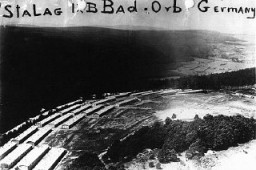
Learn about the history of the Bergen-Belsen camp during WWII and the Holocaust until its liberation by British forces in April 1945.
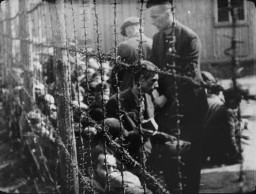
After WWII, many Holocaust survivors, unable to return to their homes, lived in displaced persons camps in Germany, Austria, and Italy. Read about Bergen-Belsen DP camp.

Learn about the sections of the Bergen-Belsen camp complex during WWII and the Holocaust until the camp's liberation by British forces in April 1945.
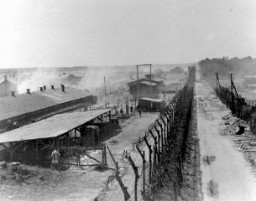
Explore a timeline of the history of the Bergen-Belsen camp in the Nazi camp system. Initially a POW camp, it became a concentration camp in 1943.
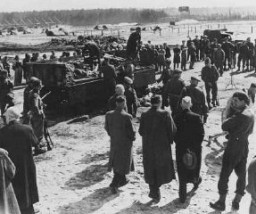
The Bergen-Belsen trial was one of the earliest war crime trials after World War II. Explore more about the trial and the Bergen-Belsen concentration camp.
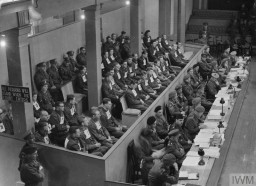
Berlin was home to Germany’s largest Jewish community. It was also the capital of the Third Reich and the center for the planning of the "Final Solution."
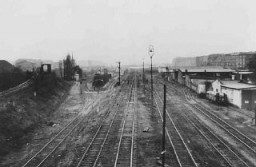
The Berlin-Marzahn camp was established a few miles from Berlin's city center, for the detention of Roma, on the eve of the 1936 summer Olympics.

Read the Jewish Partisan Educational Foundation's short biography of Bernard Druskin.
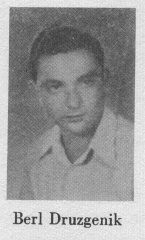
Read the Jewish Partisan Educational Foundation's short biography of Bernard Musmand.
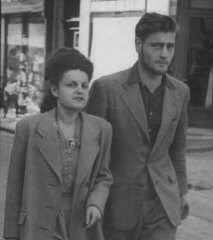
Bernburg was the fifth of six centralized killing centers established by German authorities within the context of the Nazi “euthanasia,” or T4, program.
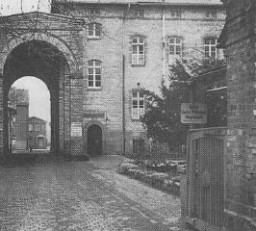
Bertolt Brecht was a leading German dramatist, well known for his political films and plays. His works were burned during the Nazi book burnings of 1933. Learn more.
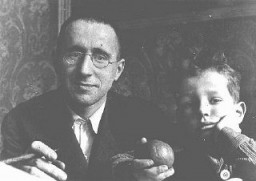
Overview of the Soviet and German occupations of Bialystok, the establishment of a ghetto there, deportations, uprising, and liberation.
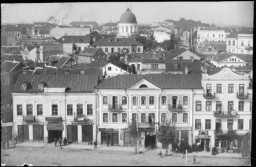
Under the protection of the Bielski partisan group, founded by brothers Tuvia, Asael, and Zus, over 1,200 Jews survived after fleeing into forests in western Belarus.
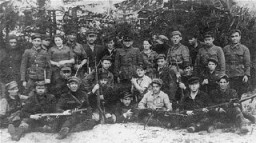
Between 1933-1939, Nazi eugenics and racial hygiene led to policies like mass sterilization and criminalizing marriage between Jews and non-Jews.

The Germans established the Blechhammer camp as a subcamp of Auschwitz in April 1941. Learn about the camp's history and conditions there.
Blitzkrieg, meaning "Lightning War" in German, was Germany’s strategy to avoid a long war in the first phase of World War II in Europe.
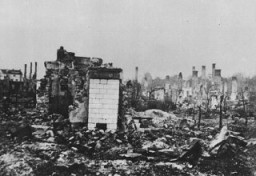
Blood libels were false allegations that Jews used the blood of non-Jewish children in rituals. Nazi propagandists used this false charge in their antisemitic propaganda.
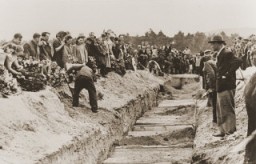
Book burning is the ritual destruction by fire of books or other written materials. The Nazi burning of books in May 1933 is perhaps the most famous in history. Learn more.
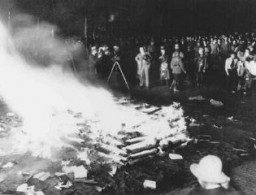
In July 1995, Bosnian Serb forces killed as many as 8,000 Bosniaks from Srebrenica. It was the largest massacre in Europe since the Holocaust.
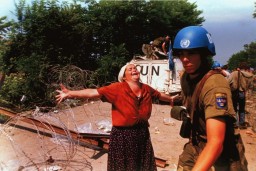
The "Jewish boycott" ("Judenboykott") of April 1, 1933, was the first coordinated action undertaken by the Nazi regime against Germany’s Jews. Learn more.
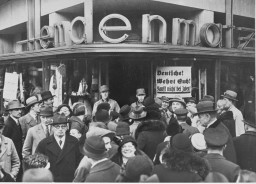
The April 1, 1933, boycott of Jewish-owned businesses marked the beginning of a nationwide campaign by the Nazi Party against the entire German Jewish population.

Brandenburg was one of six killing centers the Nazis established to murder patients with disabilities under the so-called "euthanasia" program.
US State Department official Breckinridge Long supervised the Visa Division, which placed new restrictions on immigration to the US in the 1940s. Learn more.
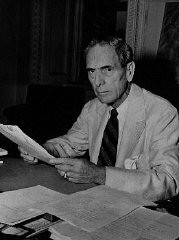
The Germans established the Breendonk internment camp in a fortress near Antwerp, Belgium. Hundreds of people died there by torture, executions, and harsh conditions.
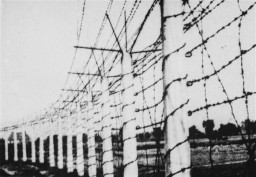
We would like to thank Crown Family Philanthropies, Abe and Ida Cooper Foundation, the Claims Conference, EVZ, and BMF for supporting the ongoing work to create content and resources for the Holocaust Encyclopedia. View the list of donor acknowledgement.